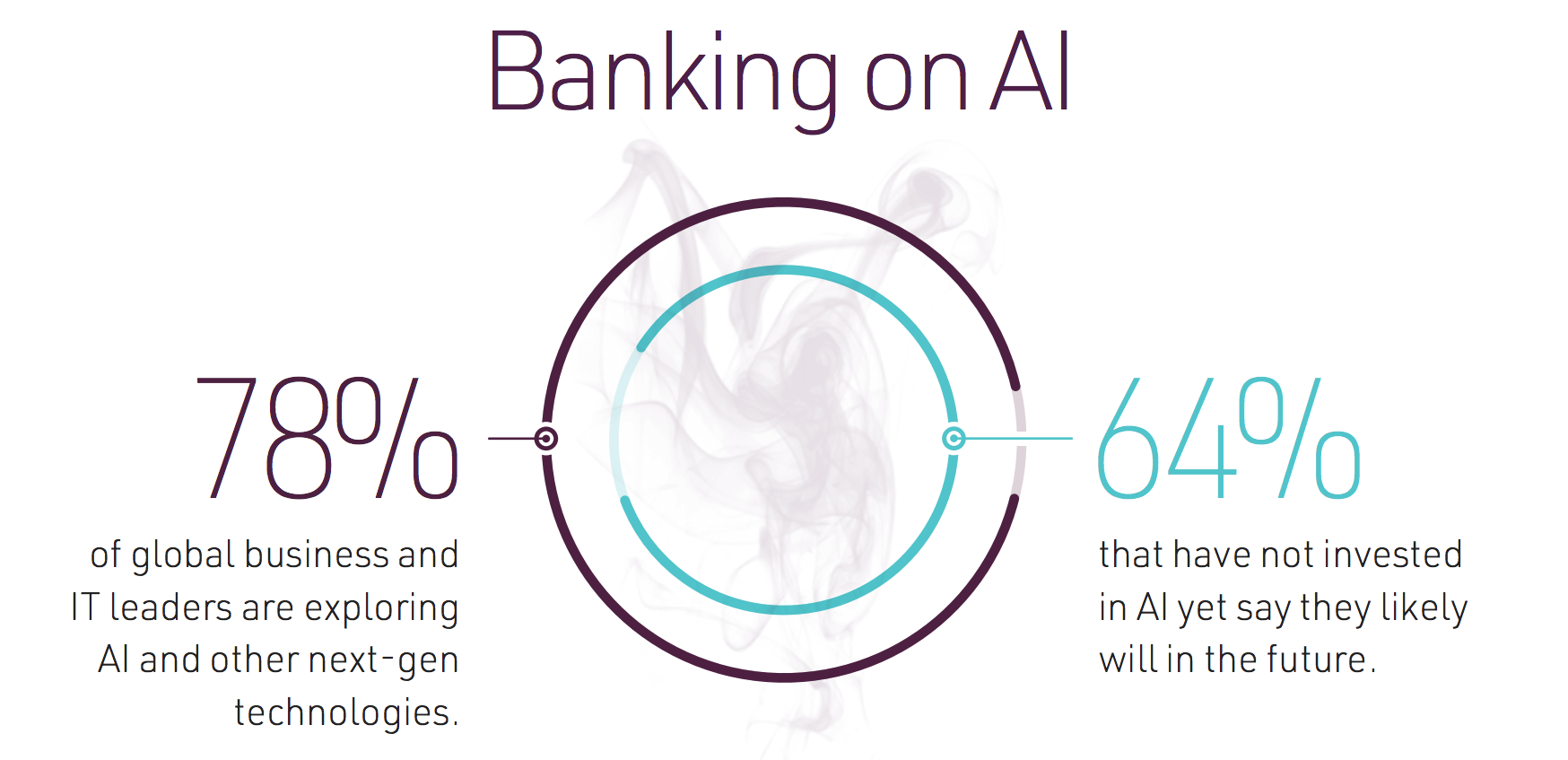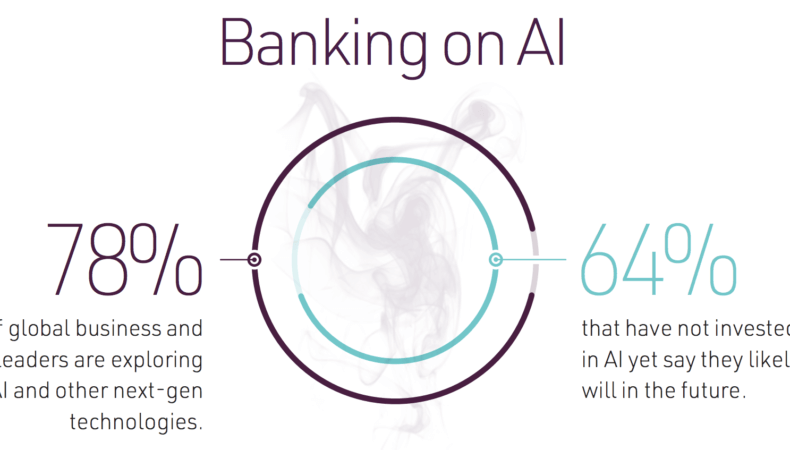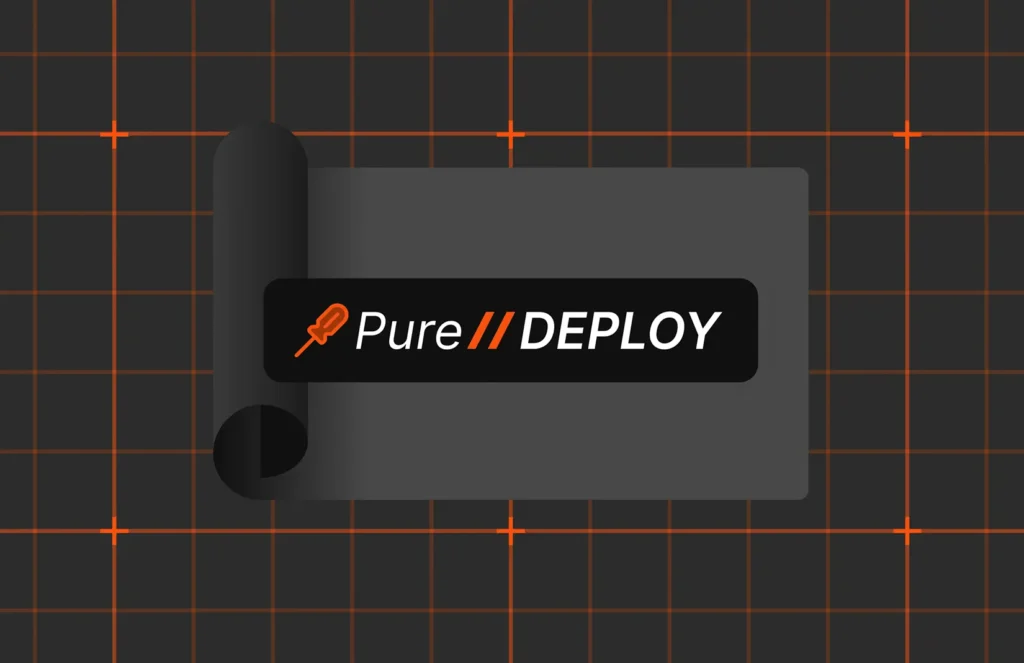You may have heard a lot of talk in the industry about Artificial Intelligence (AI). We decided to partner with MIT Tech Review Insights to find out if enterprises are really looking at AI and if it is impacting their businesses. Through this, we found that data is very clearly the catalyst for growth and innovation.
We were surprised to find out that nearly 80% of respondents have been asked to evaluate next-gen technologies like AI. Out of these respondents, the vast majority say that data is the foundation for making optimal business decisions, delivering better results for customers, and growing their business. My upcoming five part series, Technologist’s Perspective will break down the results of this MIT technology study and provide personal insight, predictions, and tips into the future of data and artificial intelligence.
So, what does all this mean?
There are many misconceptions and much hesitancy around AI. To make it simple, I like to draw an analogy with the early 2000s web-era when thinking about the potential of Data and AI. Think back on that time, and then look at today. The internet has clearly changed lives and businesses for everyone. But back then, at the very start of the internet, emotions and feelings around the possibilities of this new technology were very similar to those today around using data and AI. People are curious, interested and maybe a little bit intimidated. The divide between expectations and the reality of incorporating this new technology into organization’s business models is very similar to where AI is today. Organizations simultaneously recognize the potential, are interested in deploying, but in many cases struggle getting started with AI.

One of these areas of controversy and hesitancy is automation. When most people think automation, images of robots, self-driving cars, or pizza delivery drones instantly come to mind. However, automation is much simpler and much more accessible. Automation simply has the power to solve a different class of problems using superhuman accuracy and real-time response. Through the data, we can gain a better understanding of human behaviors- whether it be understanding customer interactions, predicting fraud or determining financial possibilities. We have just scratched the surface of automation, and there is so much more to be uncovered.
Now, let’s talk superhuman accuracy. This is all about how we can use machine learning to find new and previously unknown approaches and patterns that humans can’t find, or perform tasks with much greater accuracy and precisions. For example, there is a lot of promise around the usage of data and AI to improve the healthcare industry. Take radiology – with the help of AI and machine learning, massive groups of data have the power to help radiologists and doctors diagnose earlier and create better patient care. This isn’t about replacing radiologists with technology, it’s about arming them with additional tools that can draw on the benefits of vast amounts of data to deliver better, more accurate, and much earlier diagnosis than they would be able to otherwise. By driving insights from huge quantities of varied data that humans can’t possibly consume or process, behavior can be better understood. We need to look at applications of AI as introducing new tools to augment our workforce and human experts, rather than as solely a workforce replacement.
In Part 2 of Technologist’s Perspective, we will discuss some of the challenges regarding the massive growth of data.





